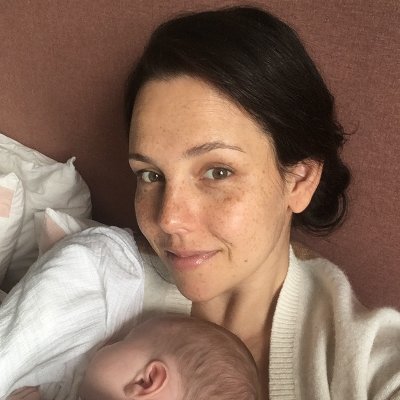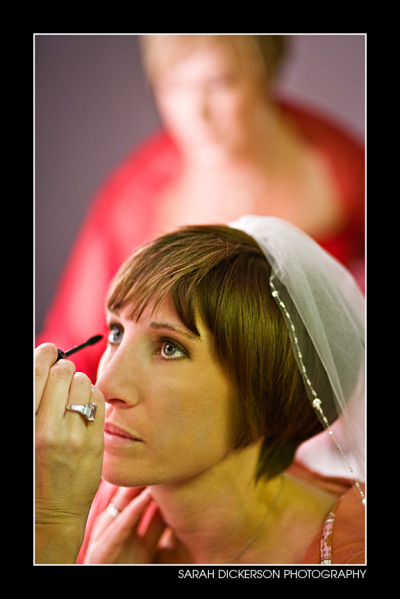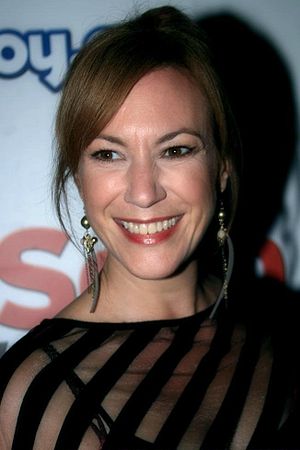"A long debate ensued with regard to the name by which the corporation shall be called. A motion was made and passed to reconsider the vote taken at the previous meeting of the name of the proposed village, Westfield. Another motion was then made by Andrew Craik to call the proposed village Edina (upon moving to the township in 1869 from Edinburgh, he bought and renamed the mill to the Edina Mill). Before the motion could be decided, James A. Bull, a member of the five person committee, made another motion to adjourn, which was seconded by the majority. However, the chairman of the meeting called this motion out of order, at which time disorder ensued with Baird, Wilson, Ryan and Bull declaring their intent to no longer serve as members of the committee if a gag law was to prevail. During this heated moment the meeting became somewhat boisterous until, after a few minutes order was restored.















